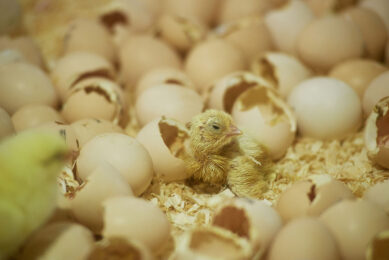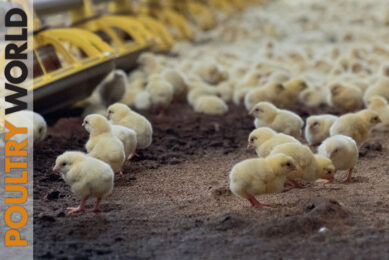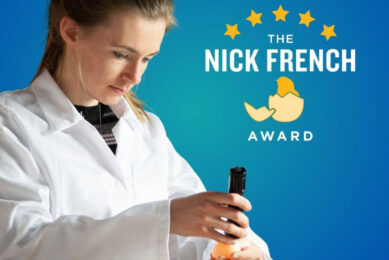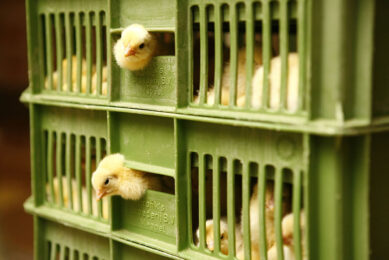Australia’s Ingham’s invests to meet future demands
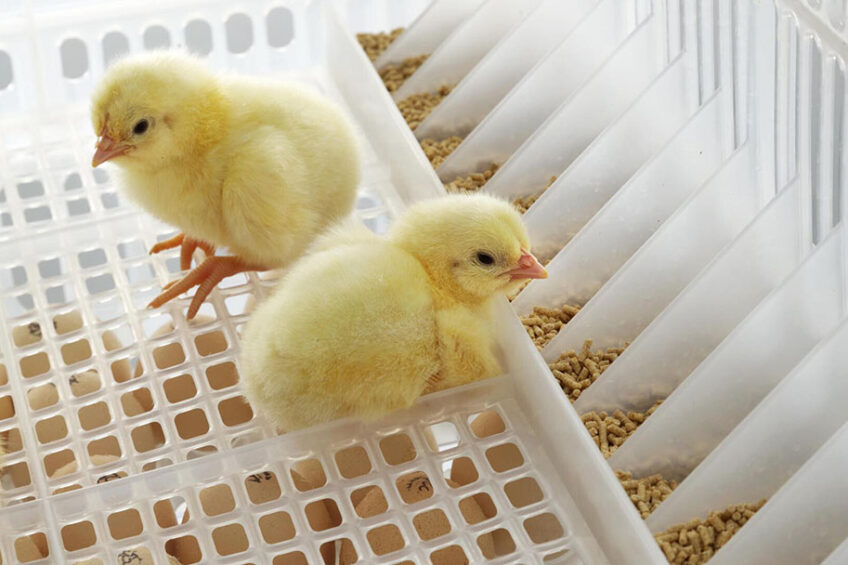
It might be a pretty closed market, self-sufficient and with hardly any exports, but the overall dynamics of poultry production in Australia are not very different from the rest of the world. Efficiency, welfare and planning for future needs are high on the agenda of Ingham’s, including investment in new hatcheries and parent stock farms.
Back in 2019, Dutch firm HatchTech was granted a new hatchery project near the Australian city of Melbourne, followed by a second project in Perth, as Ingham’s sought to replace ageing existing facilities and expand production in other parts of Australia. Their choice fell upon the HatchCare system in which chicks have access to fresh water, feed and light in the hatcher directly after hatching. The projects commissioned encompass the Pakenham hatchery, with a capacity of 50 million chicks a year, and the Western Australia one, with a capacity of 25 million chicks.
As one of the continent’s market leaders with a core poultry volume sold of 446.9 kilotonnes in 2021, Ingham’s has a long horizon and wants to be ready for future developments. “It all starts with the egg,” says Art Lankford, GM primary processing at Ingham’s. Looking at the general trends in poultry demand, investing in extra breeder capacity and hatcheries makes a lot of sense to his company.
Lankford explains his planning for increased demand: “Currently, the per capita consumption of poultry meat in Australia stands at 47.25 kg. That is already high compared to other countries around the world, but nevertheless, that amount is expected to increase even further. On top of that, our continent’s population is growing and we are seeing an uptick in demand after Covid.”
Lockdowns
Reflecting on the years since the hatchery project got the green light from Ingham’s, Lankford says: “Australia has seen the strictest of lockdowns and that did affect our business. One certainly couldn’t call it ‘business as usual’. Covid-19 changed the world and it has changed Australia, too. We saw a volume shift from restaurants to retail. That said, we were able to adjust and were lucky that quick-service restaurants were still open for business.”
He added that the company’s processing plants can handle different bird weights and change cut-ups as demand shifts. “That made us far more flexible than – for instance – specialised US plants. Across the board we are really fortunate that overall volumes remained similar and as a consequence, we had a solid financial year.”
Moving forward, Lankford is optimistic: “We are now in a situation where things are returning to normal. The first Australian states are allowing businesses to re-open and slowly, but surely, tourists and other visitors from abroad are being allowed to enter the country again.”
During the 18-month Covid-19 standstill, Ingham’s implemented various measures to ensure business continuity. Lankford: “We had a strict separation in plants and between shifts to ensure workplace safety and limit the fall-out due to possible Covid infections.”
At the same time, the hatchery build progressed at a somewhat slower pace than had been planned, but it continued. HatchTech’s sales manager, Marc de Visser, comments: “We are used to the fact that planning and building a new hatchery is a long process. That said, the Covid-19 restrictions did make things not so straightforward. Getting dozens of shipping containers from across the world to the building site and getting tech staff in across closed borders was a challenge. During the actual building and installing of the hatchery, despite not being physically on-site due to travel restrictions, HatchTech teams worked closely and in perfect harmony with Ingham’s teams to get the job done”.
Sound returns
Just as difficulties are there to be overcome, so the teams from Europe and Australia rejuvenated the new hatcheries and then started up the systems. De Visser: “The Ingham’s team has many years of experience with our hatcheries at their existing facilities, by working with our coaching department both projects resulted in a smooth start-up.”
De Visser sees Ingham’s as one of his more progressive customers, one that has an eye for animal welfare. “Installing the HatchCare system does come at a premium price due to improved bird performance and associated additional revenues.”
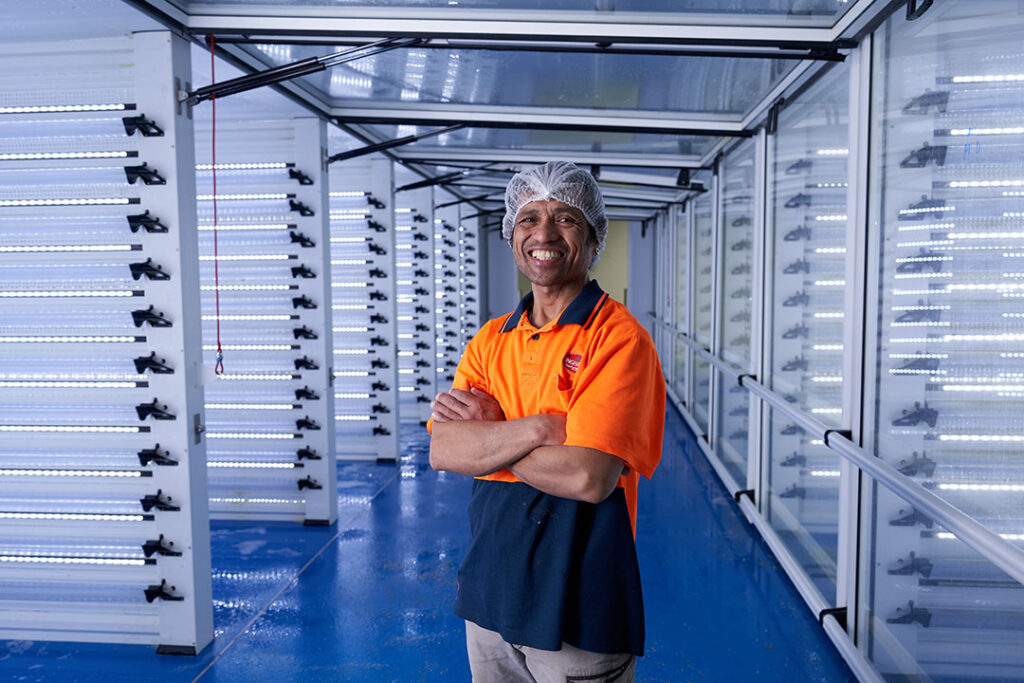
Lankford agrees: “As in other developed markets, Australian society demands from us that we take good care of our birds. At this time, all our Australian production is already RSPCA certified but when you make an investment for decades into the future, it’s always wise to try and foresee what may be expected of you. It will come as no surprise that welfare and animal-friendly production will become more important as time goes by. Hatching chicks in a well-lit hatcher and providing feed and water from the start fits right in with that.”
Lankford continues: “If you step into the hatcher you immediately notice the difference yourself. Instead of noisy chicks, there is just silence and the satisfying image of the first hatchlings feeding, while some of the eggs are still intact, waiting for the chick inside to break the shell.”
According to Ingham’s GM, primary processing HatchCare brings added animal welfare benefits as well as financial benefits: “Getting the birds on the feed and giving access to water is not just a welfare thing, it ensures a better chick quality, too.”
Now fully operational, Ingham’s has seen positive results at its Pakenham hatchery, with a 15% improvement in seven-day chick weights over traditional hatchery performance. Lankford: “That makes a sound business proposition, in any case. Our goal is to produce the best chick possible for our growers and be the most trusted food company in our market for our consumers, now and in the future.”




